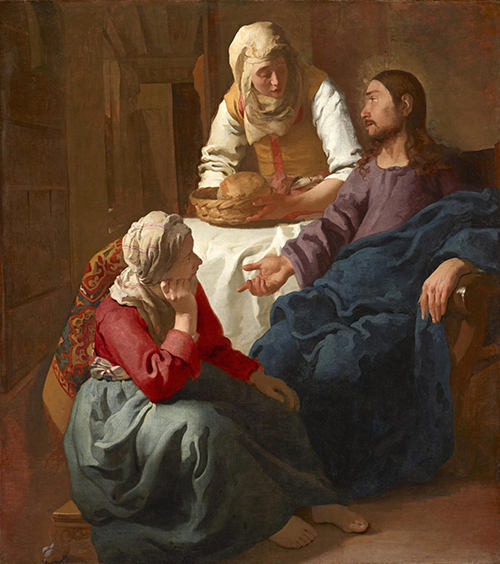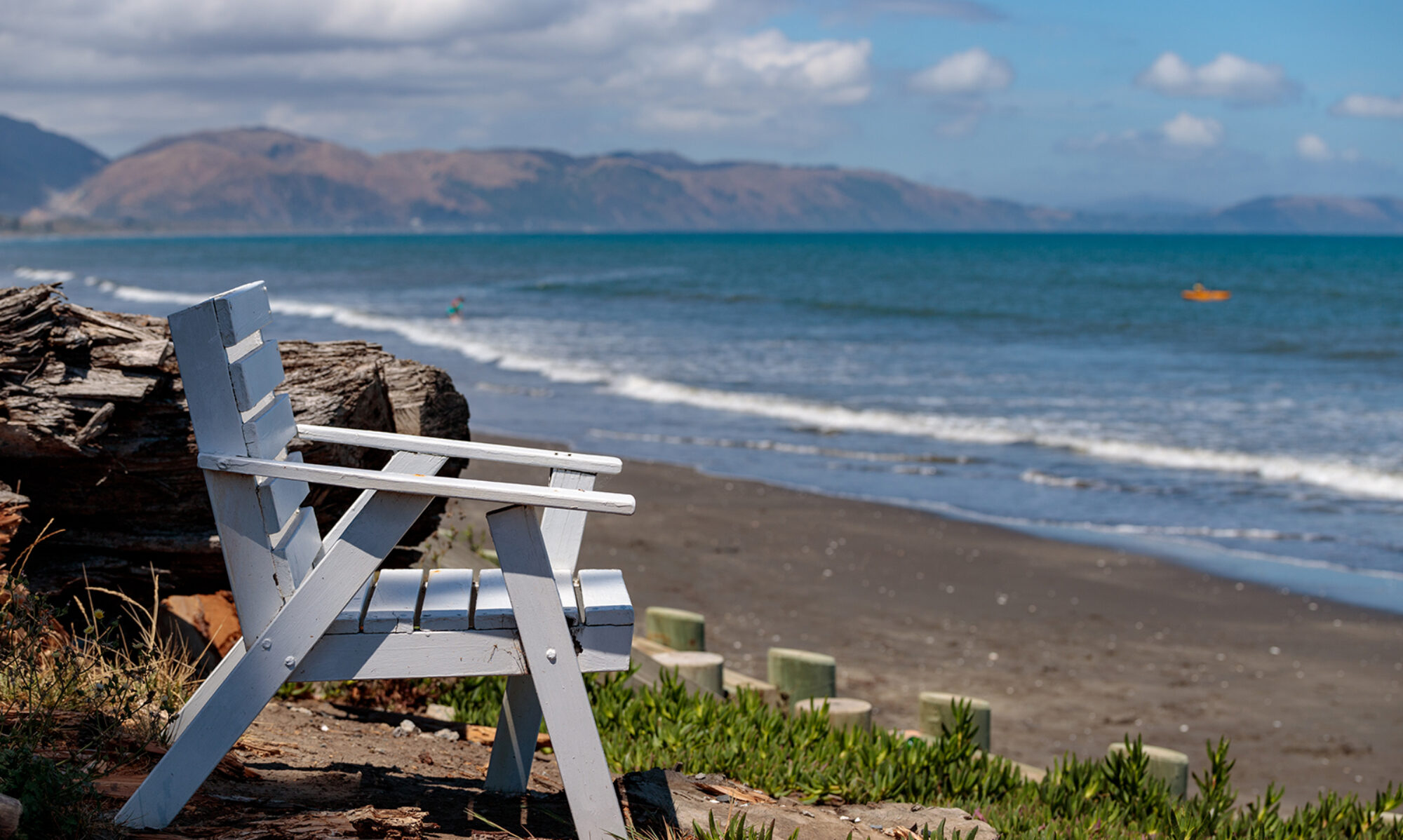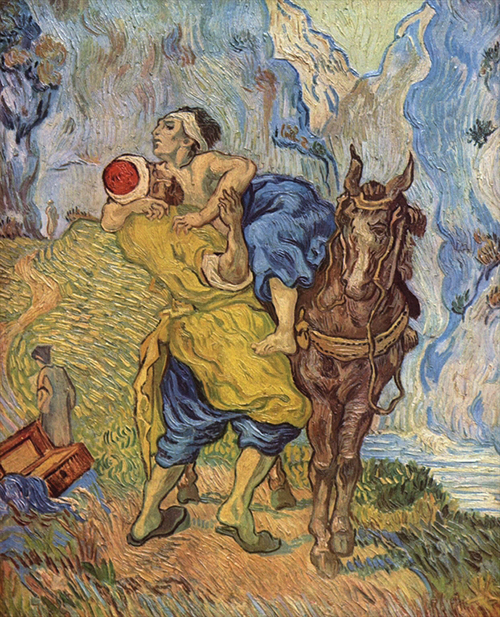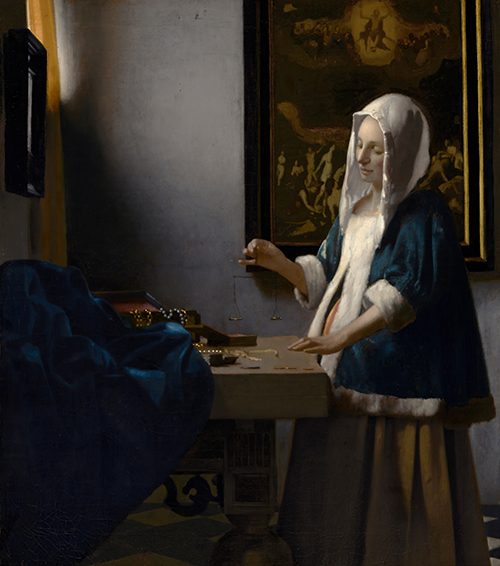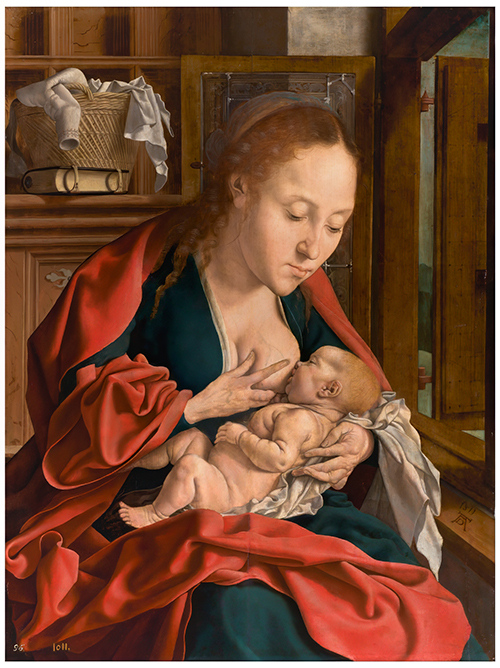
Natural beauty can do it to us.
Deep within Fiordland National Park lies Milford Sound, with its magical combination of mountain peaks, ink-dark waters and superb dramatic forest-clad cliffs.Standing under the majestic towering presence of Tāne Mahuta, in the Waipoua Forest.
Or it may be the sun rising through the horizon as we sit with a morning coffee.
Music can do it also. The exquisite harmony of voices achieved in the duet “Là ci darem la mano” from Mozart’s opera Don Giovanni, or “Au fond du temple saint” the famous duet from Georges Bizet’s opera, Les pêcheurs de perles (The Pearl Fishers).
The thunderous volley of canon fire that concludes the 1812 Overture by the composer Tchaikovsky surely awakens concert goers as if they were one!
Art too has a similar inclination as the stars twinkle at the observer from Vincent Van Gogh’s “Starry Night”, or the feel of the touch of the father’s hands in Rembrandt’s ‘The Return of the Prodigal Son’.
The uncouth among us describe it as being “gob smacked”, the more cultured or refined describe the experience as being “stopped in my tracks” or, alternately, as being “blown away.”
Each of these English idioms are used to describe an experience of wonder, awe, shock, surprise. Each frequently has an emotional reaction as a part of the experience.
Imagine then: I am wandering through the Art Gallery known as Museo del Prado in Madrid, turn a corner and I am, (being uncouth) “gob-smacked”
On display is a painting with the title “The Virgin nursing the Child” (or to give it its original title , ‘ The Madonna with the Jesusknaben at the chest.’)
In our language today we call it ‘breastfeeding’.
Painted in c.1530 by the Dutch Renaissance artist, Marinus van Reymerswaal the painting is 61cm high by 46cm wide and depicts the Virgin nursing the Child in a domestic interior. It is a representation of an image of the tender relationship between a mother and her child.
The artist has depicted a bare breasted Mary with the infant Jesus fully latched onto her nipple. (and by the looks of his chubby frame he has latched on to said nipple on many occasions!)
This iconography known as The Madonna Lactans (the Nursing Mother) already appeared in the early fifteenth century and was used especially for images intended for private devotion.
This iconography was increasingly abandoned by artists following a decision by the Council of Trent (1545 – 1563) regarding the appropriateness of certain religious representations.
Had those present at this Council (all men) not read this morning’s First Reading from the prophet Isaiah?
“That you may suck and be satisfied
from her consoling breast,
that you may drink deeply with delight
from her glorious bosom.” (Is. 66:11)
What, I suggest, is a superlative image for individual spirituality.
And don’t we refer to our Church as ‘Mother Church.” Much of the Church’s energy is about going out – evangelisation. Perhaps we need “latch on” before ‘going out’. Before we can walk and talk, we need “suck and drink deeply with delight.” (Is 66:11)
